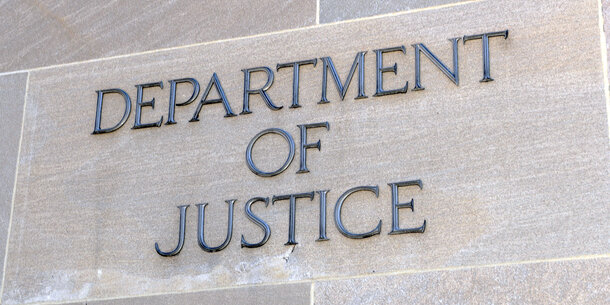This article first appeared in the New York Daily News.
It has been more than six years since Kalief Browder killed himself. His suicide galvanized the public, the press, activists, experts, advocates, politicians and others to demand the closure of Rikers Island, permanently, no more reforms. The jails’ problems and suffering they caused were too enormous to fix. Yet the jails continue to operate, trapping thousands who’ve been convicted of no crime in horrendous conditions which have deteriorated with COVID-19. Indeed, the jail system is setting a record in 2021: the highest in-custody death toll since 2013, now at 16.
This extraordinary moment calls for someone else to be put in charge, an extraordinary intervention known as a receivership. The political process — including and especially court orders directed at government officials — has failed. For six years, federal Judge Laura T. Swain has attempted through various means, including court order and appointment of a monitor, to marshal New York City to undo the scandalously unconstitutional conditions on Rikers. And for six years at nearly every turn, the city has not complied with the judicial mandates.
Mayor-elect Eric Adams, it’s true, has pledged to shut down Rikers for good; so too has the City Council. But that pledge (if it comes true) will take several years to materialize. What of the people who are subject to the revolting conditions until then?
Receiverships are designed for situations like this. When a local or state government proves unable or unwilling to improve a distressed public institution that has long defied federal law, a federal court can take the troubled entity out of the government’s hands and appoint a “receiver” — a nonpartisan expert — to assume direct control, with an eye towards reform.
Receivers inherit complex, intractable problems. Which is why judges grant them wide latitude to fashion solutions. Receivers can fire and hire personnel (often the only way to eliminate entrenched dysfunction that new jails alone can’t address). And they set and control their own budgets, based on what’s needed. That freedom from bureaucratic morass is partly why receivers, answerable only to the court, usually make progress where agencies simply can’t. After a receiver brings an institution up to constitutional snuff, control returns to the state or locality.
To take an example, for decades, high suicide rates, widespread tuberculosis, and reprehensible AIDS treatment besieged the District of Columbia Jail. And for more than 20 years, federal Judge William B. Bryant tried through court orders to improve circumstances.
But he failed. D.C. leaders disregarded his orders. The officials, to Bryant’s mind, just “d[id]n’t give a damn.” So believing he had no choice, in July 1995, he ordered the jail’s medical and psychiatric system into a receivership.
Bryant gave the receiver — Dr. Ronald Shansky, a former medical jail director of Cook County, Ill. — sweeping powers, the same as those possessed by the mayor, jail director and other municipal officials. Shansky at the outset had a robust, detailed blueprint for bettering the jail. And understanding that court involvement of this staggering variety couldn’t last indefinitely, Bryant set the receivership to expire after five years.
This was strong medicine, yes, but five years delivered some rock-solid improvements. Suicides stopped. Tuberculosis was controlled. And new medical staff and equipment were saving lives.
D.C. isn’t alone. Since the 1970s, judges have resorted to receiverships to pull some of the nation’s worst-of-the-worst prisons and jails in line with the Constitution. After six years of noncompliance with his orders, federal Judge Frank M. Johnson Jr. in 1976 ordered a receiver for Alabama’s entire prison system, and despite some initial resistance, 13 years later, the prisons showed remarkable enhancements in security, health care and education. And back in 1989 in Michigan, state Judge Richard Kaufman placed Wayne County’s jail into a receivership, which remedied unsanitary conditions, improved food and discharged incompetent leadership.
Rikers is ripe for a receivership. Without more aggressive judicial treatment, if history is any guide, officials will keep flouting court directives. That will keep causing needless human suffering, even death.
To be sure, a receivership won’t cure every ill, and once its strictures come off, the municipality might well backslide. So, for instance, although Shansky made admirable progress, the same degree of dignity-shattering depravity that once beset the D.C. Jail has since returned with spectacular vengeance (though today’s problems are different). And last year, the U.S. Department of Justice sued Alabama for myriad unconstitutional prison conditions.
But the point of a receivership isn’t to cure everything. It is a tourniquet for flagrant constitutional abuse when all other solutions have fallen short. And when receiverships stop institutional bleeding, it’s ultimately up to us, the people — working through our political representatives — to never again permit unabated cruelty to carry the day in our names.



